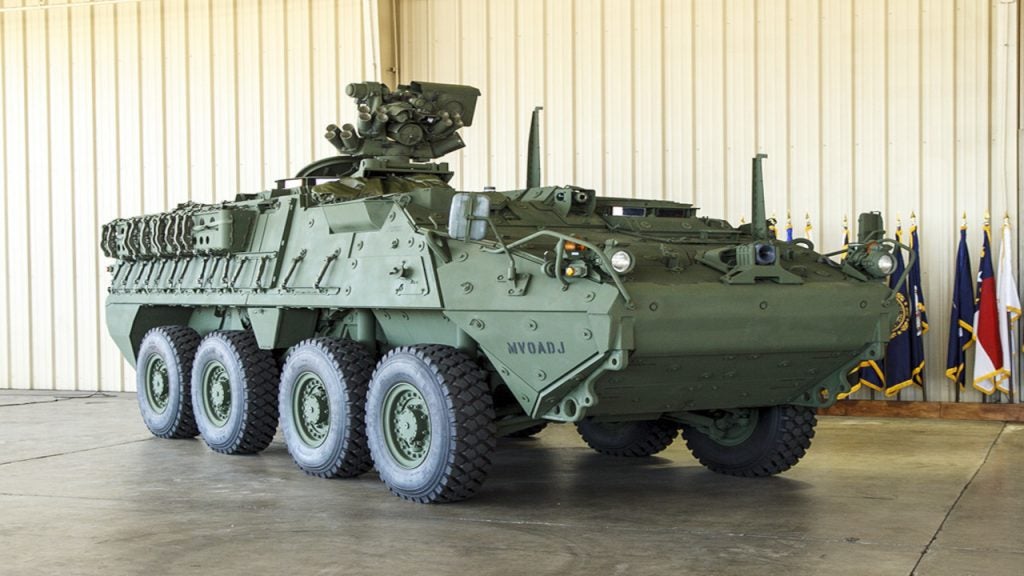The Pentagon has awarded a series of contracts worth US$1.2bn for 2,400 mine resistant armoured vehicles (MRAP).
The contracts, which will deliver the vehicles in April next year, will raise the number of MRAPs on order to 8,400.
MRAP vehicles can safely guard against explosively formed projectiles – shaped charges designed to pierce armoured vehicles.
Under the contracts, Force Protection will provide 553 four-wheel and 247 six-wheel MRAP variants worth US$376.6m.
BAE Systems will produce 399 large MRAPs with 112 in an ambulance configuration, for US$278.4m and International Military and Government will produce 1,000 four-wheel MRAPs worth US$509.2m.
BAE also won a separate contract worth US$44.3m for 89 smaller MRAPs for special operations forces.
How well do you really know your competitors?
Access the most comprehensive Company Profiles on the market, powered by GlobalData. Save hours of research. Gain competitive edge.

Thank you!
Your download email will arrive shortly
Not ready to buy yet? Download a free sample
We are confident about the unique quality of our Company Profiles. However, we want you to make the most beneficial decision for your business, so we offer a free sample that you can download by submitting the below form
By GlobalDataUS Defence Secretary Robert Gates says about 500 vehicles are already in use in Iraq and the Pentagon hopes to have 1,500 in the country by the end of the year.
Gates says the Pentagon will narrow its selection of MRAP vendors to three in an effort to reduce the number of variants moving through production lines and post-production equipping.
“We are building at least eight vehicle variants from five vendors, and with unique army and marine corps equipment installations this means we are fielding as many as 16 different vehicle designs,” Gates says.
“Going forward we need to reduce the burden for training, maintenance and spare parts for our deployed forces.”
By Elizabeth Clifford-Marsh







